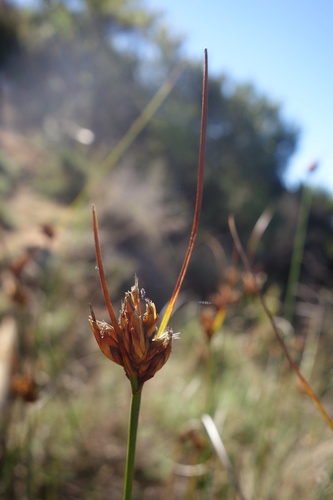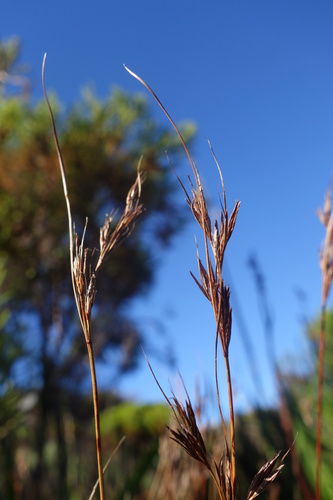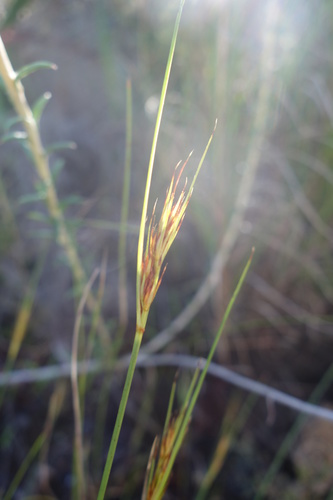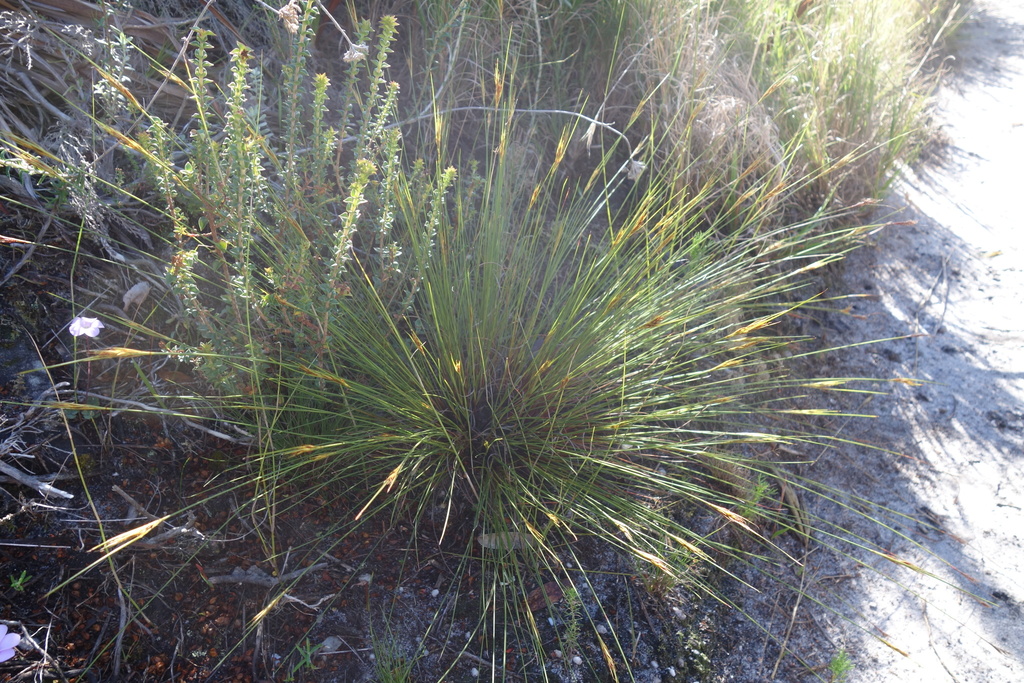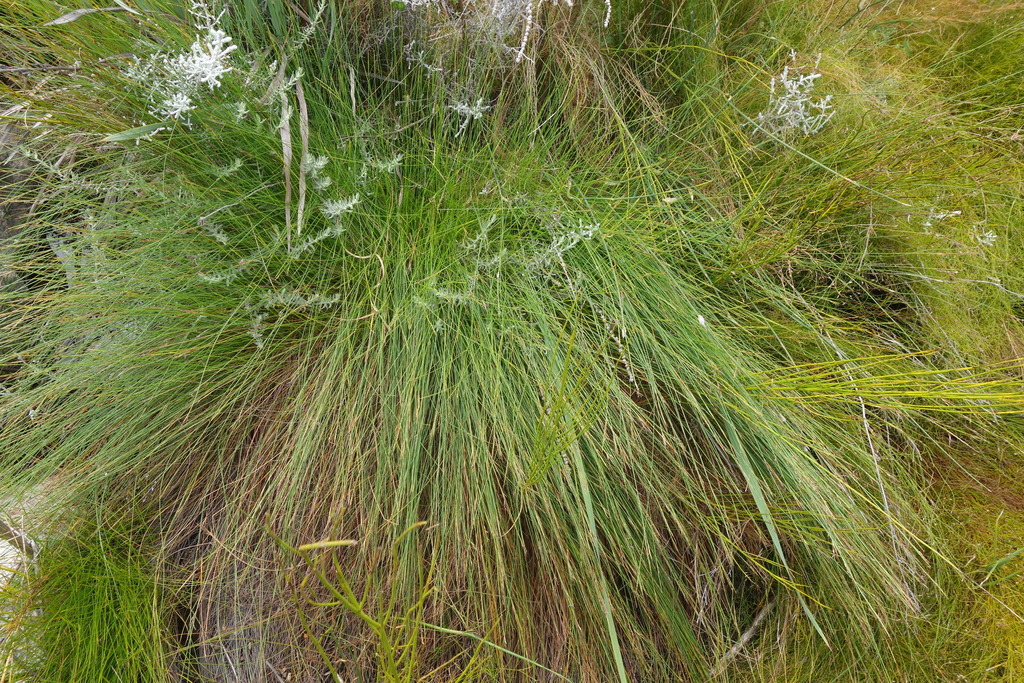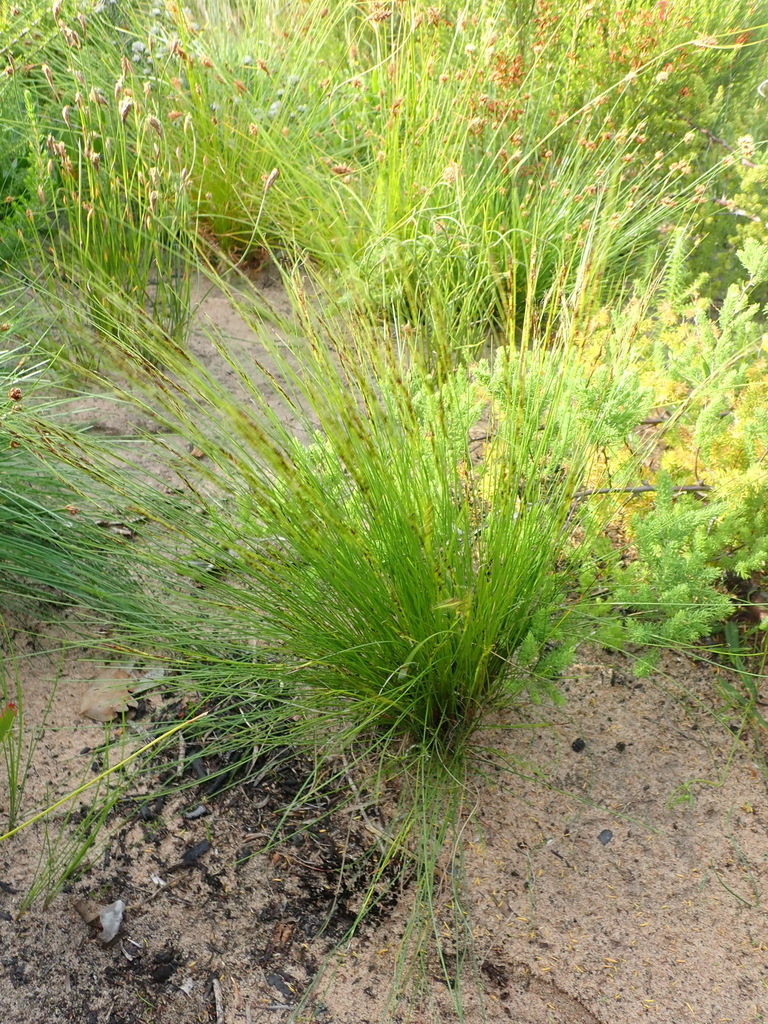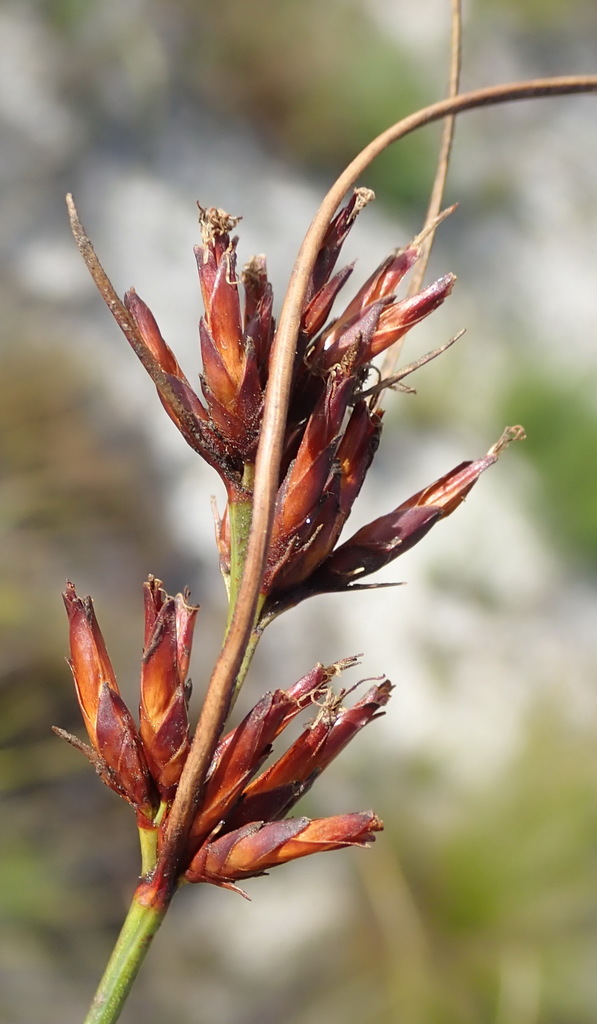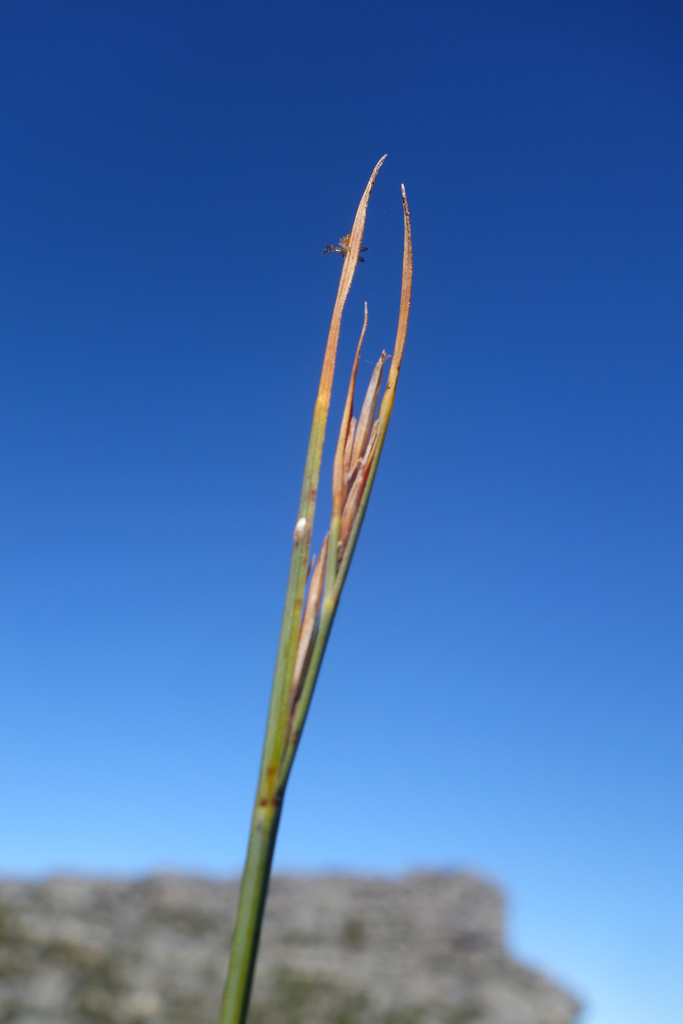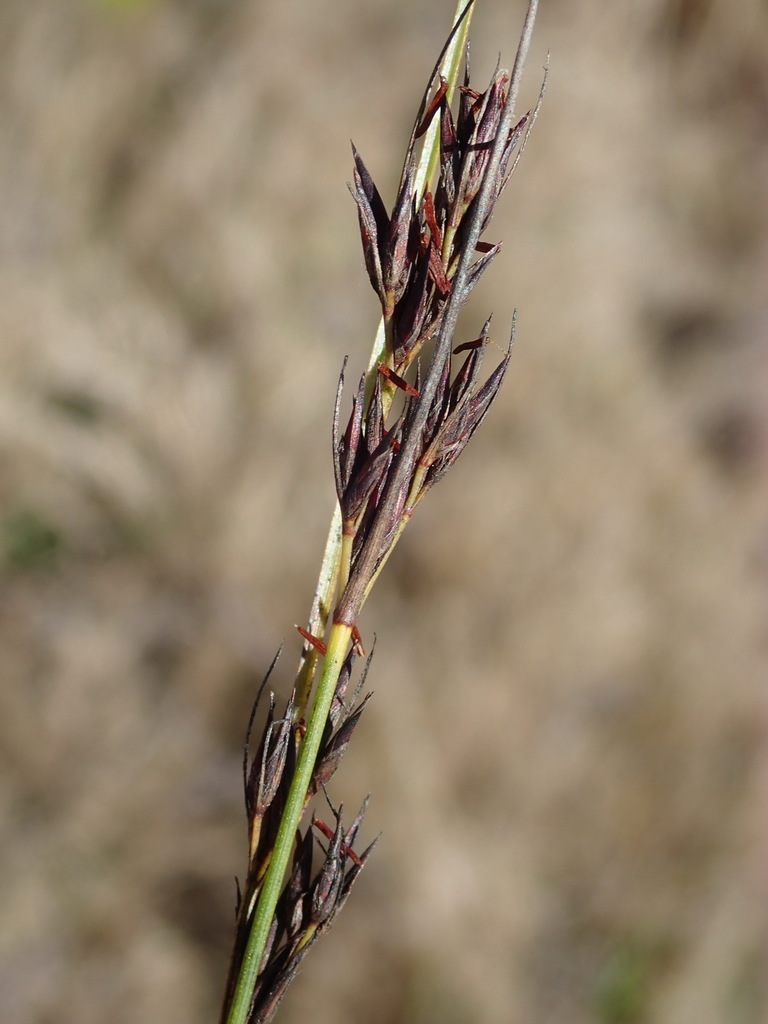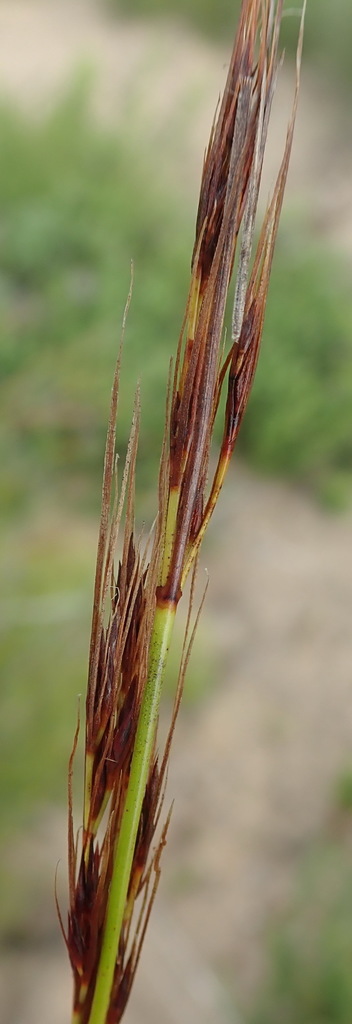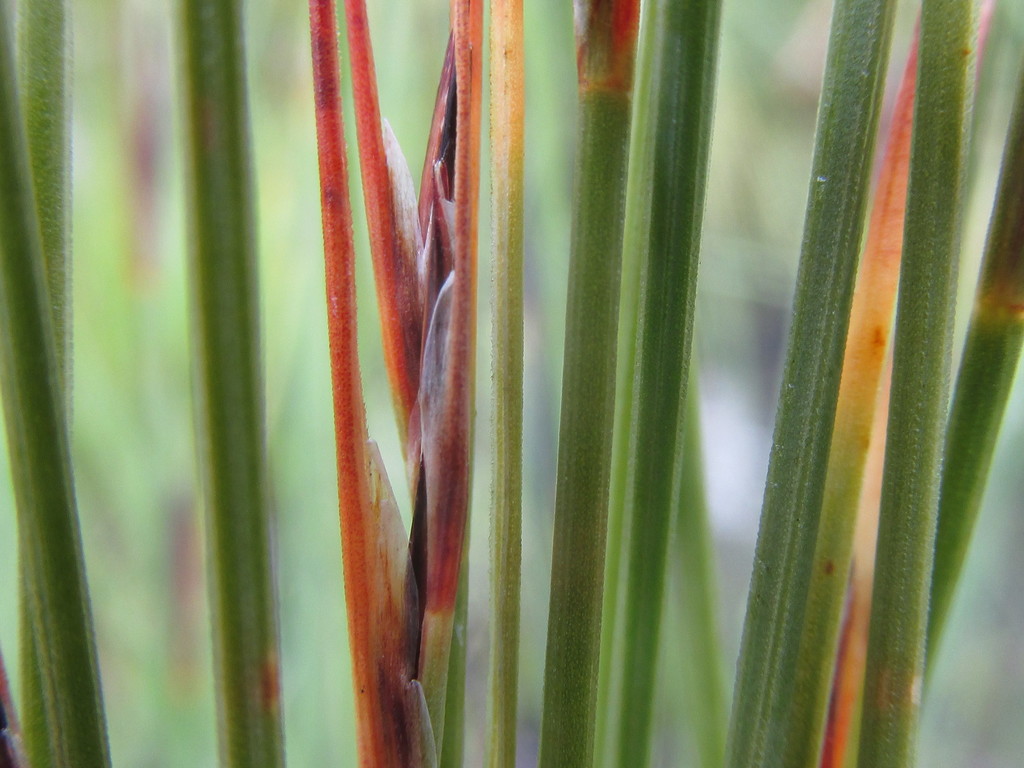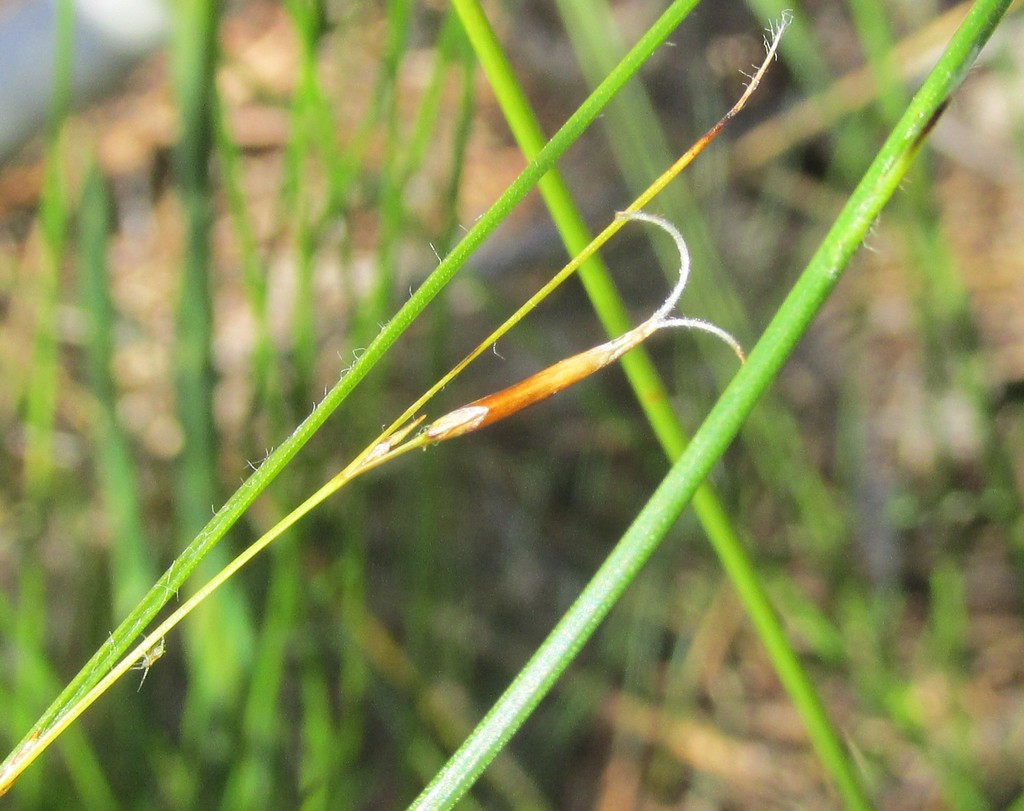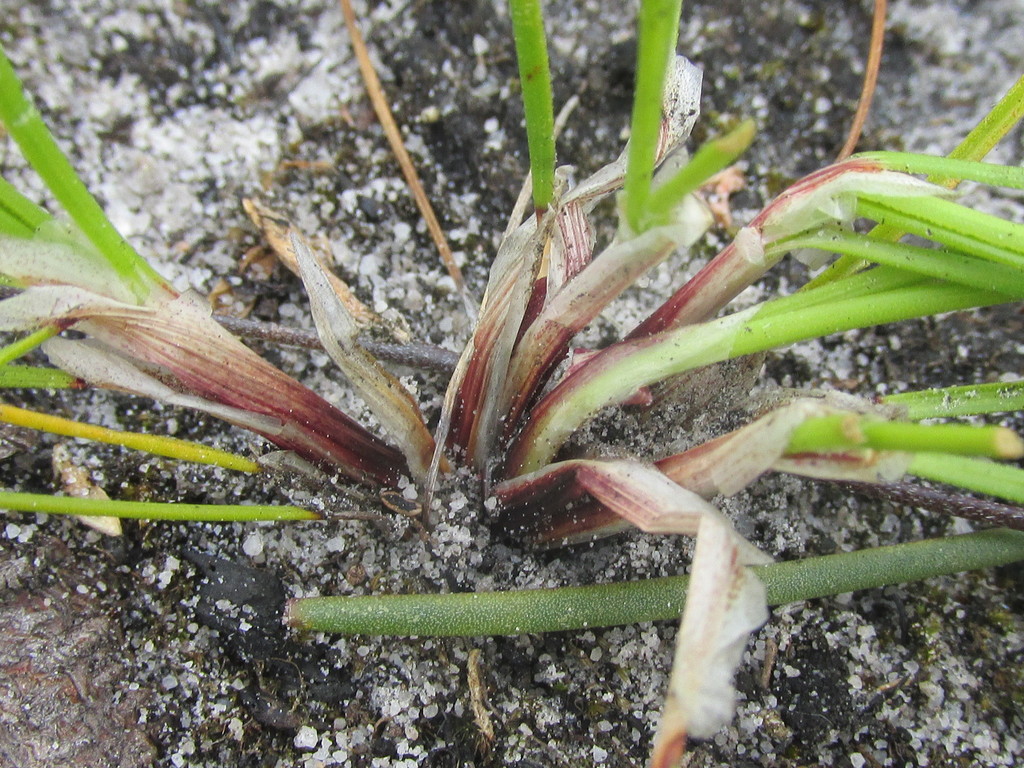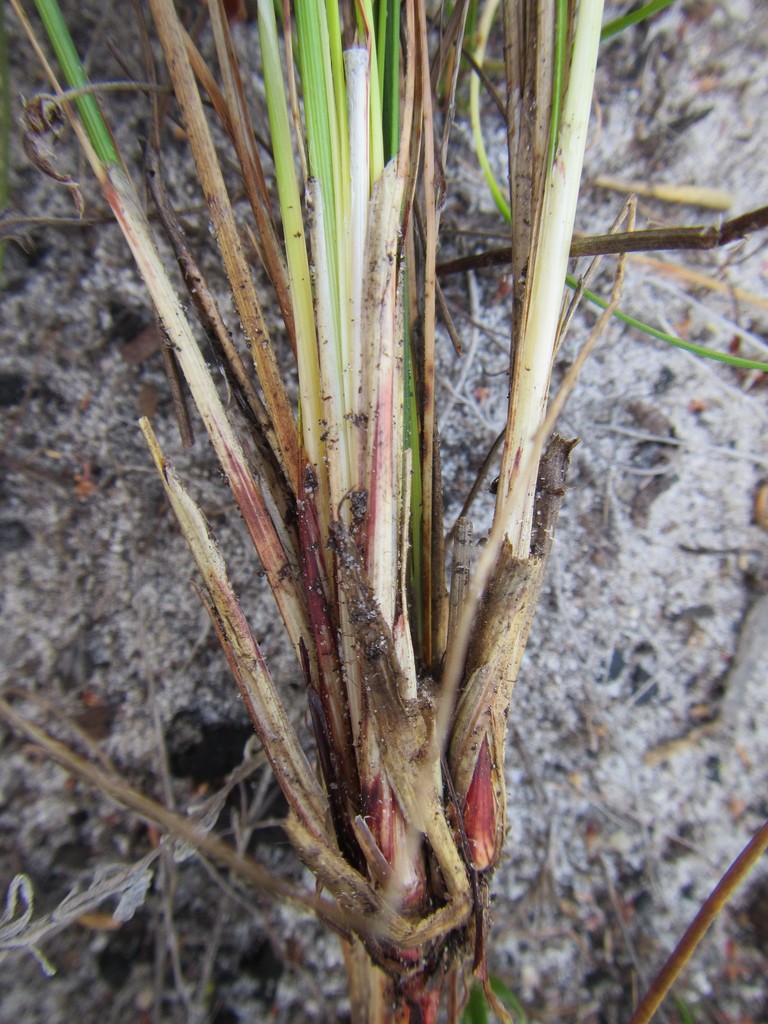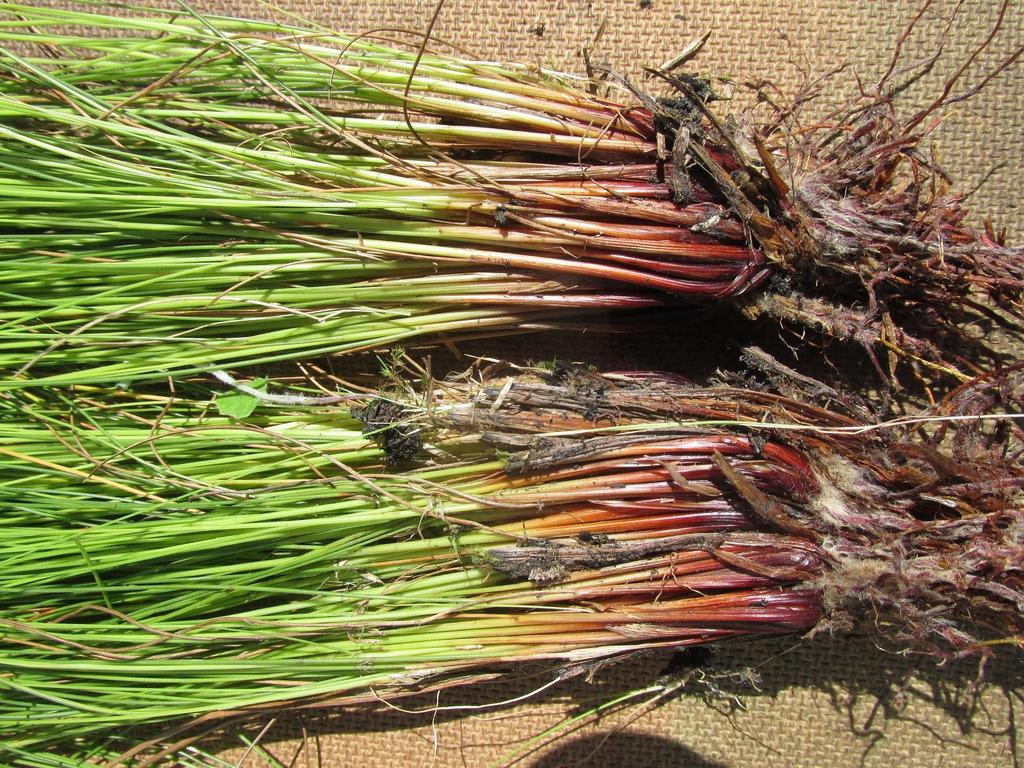More photos, please!
Over the last few years, I have been compiling clear, illustrative images of key traits of southern African Schoenus species to use in Wikipedia and Wikispecies pages. This has allowed me to give a more detailed description of each species for future reference. Recently, I have been opting to include images that already have their permissions set to CC BY-SA 4.0 so that I don't have to ask people to change their permissions for me to use their images.
As one can imagine, this has created a situation where species with many observations on iNaturalist have lots of detailed images on their webpages, while less observed species are lacking images.
The following is an update of additional images that I am looking for to improve webpages:
Species needing all types of images
These tend to be species without observation on iNaturalist, or with very few observations.
Schoenus lucidus (Bright Veldrush: https://en.wikipedia.org/wiki/Schoenus_lucidus)
Schoenus brunnescens (Brown Veldrush: https://en.wikipedia.org/wiki/Schoenus_brunnescens)
Schoenus calceolus (Limestone Veldrush: https://en.wikipedia.org/wiki/Schoenus_calceolus)
Schoenus limosus (Muddy Veldrush: https://en.wikipedia.org/wiki/Schoenus_limosus)
Schoenus loreus (Flatleaf Veldrush: https://en.wikipedia.org/wiki/Schoenus_loreus)
Schoenus riparius (River Veldrush: https://en.wikipedia.org/wiki/Schoenus_riparius)
Schoenus triticoides (Wheat Veldrush: https://en.wikipedia.org/wiki/Schoenus_triticoides)
Schoenus adnatus (Flat Veldrush: https://en.wikipedia.org/wiki/Schoenus_adnatus)
Schoenus bracteosus (Bristleglume Veldrush: https://en.wikipedia.org/wiki/Schoenus_bracteosus)
Schoenus purpurascens (Purple Veldrush: https://en.wikipedia.org/wiki/Schoenus_purpurascens)
The next group of species already have images uploaded to their webpages, but these could be improved for illustrative purposes:
Species requiring improved images showing growth form:
Schoenus auritus (Fleshy Veldrush: https://en.wikipedia.org/wiki/Schoenus_auritus)
Schoenus aureus (Gold Veldrush: https://en.wikipedia.org/wiki/Schoenus_aureus)
Schoenus australis (Southern Veldrush: https://en.wikipedia.org/wiki/Schoenus_australis)
Schoenus compactus (Congested Veldrush: https://en.wikipedia.org/wiki/Schoenus_compactus)
Schoenus comparoides (Foothill Veldrush: https://en.wikipedia.org/wiki/Schoenus_comparoides)
Schoenus crassiculmis (Succulent Veldrush: https://en.wikipedia.org/wiki/Schoenus_crassiculmis)
Schoenus crinitus (Downy Veldrush: https://en.wikipedia.org/wiki/Schoenus_crinitus)
Schoenus megacarpus (Bignut Veldrush: https://en.wikipedia.org/wiki/Schoenus_megacarpus)
Schoenus pseudoloreus (Eared Veldrush: https://en.wikipedia.org/wiki/Schoenus_pseudoloreus)
Schoenus quartziticus (Quartz Veldrush: https://en.wikipedia.org/wiki/Schoenus_quartziticus)
Schoenus rigidus (Ridge Veldrush: https://en.wikipedia.org/wiki/Schoenus_rigidus)
Schoenus schonlandii (Eastern Veldrush: https://en.wikipedia.org/wiki/Schoenus_schonlandii)
Schoenus submarginalis (Marginal Veldrush: https://en.wikipedia.org/wiki/Schoenus_submarginalis)
Species requiring improved images showing inflorescences with spikelets:
Schoenus aureus (Gold Veldrush: https://en.wikipedia.org/wiki/Schoenus_aureus)
Schoenus comparoides (Foothill Veldrush: https://en.wikipedia.org/wiki/Schoenus_comparoides)
Schoenus crinitus (Downy Veldrush: https://en.wikipedia.org/wiki/Schoenus_crinitus)
Schoenus gracillimus (Slender Veldrush: https://en.wikipedia.org/wiki/Schoenus_gracillimus)
Schoenus quartziticus (Quartz Veldrush: https://en.wikipedia.org/wiki/Schoenus_quartziticus)
Schoenus schonlandii (Eastern Veldrush: https://en.wikipedia.org/wiki/Schoenus_schonlandii)
Schoenus submarginalis (Marginal Veldrush: https://en.wikipedia.org/wiki/Schoenus_submarginalis)
Species requiring improved images of the bases of their culms:
Schoenus aureus (Gold Veldrush: https://en.wikipedia.org/wiki/Schoenus_aureus)
Schoenus comparoides (Foothill Veldrush: https://en.wikipedia.org/wiki/Schoenus_comparoides)
Schoenus crinitus (Downy Veldrush: https://en.wikipedia.org/wiki/Schoenus_crinitus)
Schoenus gracillimus (Slender Veldrush: https://en.wikipedia.org/wiki/Schoenus_gracillimus)
Schoenus schonlandii (Eastern Veldrush: https://en.wikipedia.org/wiki/Schoenus_schonlandii)
Schoenus submarginalis (Marginal Veldrush: https://en.wikipedia.org/wiki/Schoenus_submarginalis)


